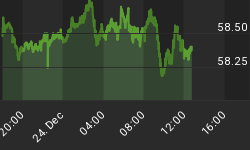Ethanol is beginning of search for alternatives to petroleum based fuels, not the best nor the end of that search. Ethanol is first step in move backwards in biological terms to sun/plant juncture where solar energy is converted to form humans and animals can use. Recently, with exception of corn farmers, ethanol seems to be loosing friends. The "jump to a conclusion without the facts" group is blaming ethanol for high and rising food prices. Speculators are being blamed by "kool-aid drinkers" for driving food prices up. Neither of these groups want to take time to understand the facts. Agri-food demand has been changing for a decade. That change has simply become more evident as size of the annual surplus has shrunk. Global consumers, for example, are eating more chicken and eggs. Annual chicken consumption is up 10 million tonnes from five years ago while that of eggs is up 6 million tonnes. Ggraph shows impact on grain demand of producing those chicken and eggs, whichever comes first.

To produce a tonne of chicken requires more than two tonnes of grain. To produce a tonne of eggs requires more than 11 tonnes for grain. Latter is due to the need to feed the hen all year if she is to produce eggs. Impact on global grain consumption of feeding all those chickens, and ducks, has been dramatic. Ethanol is only part of the increased demand for grains. Consumers, around the world, improving their diet is the important element in higher demand for grains. Agri-Food companies and investments are going to benefit from this ongoing global demand shift. Will your wealth benefit?
AGRI-FOOD THOUGHTS are from Ned W. Schmidt,CFA,CEBS, publisher of Agri-Food Value View, a monthly exploration of the Agri-Food grand cycle being created by China, India, and Eco-energy. To review a recent issue, write to agrifoodvalueview@earthlink.net.
















